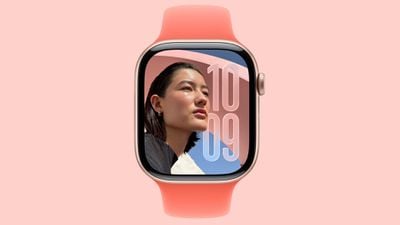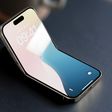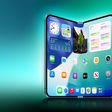In a new ad, Google says iOS 26 copies three Android features that have been available on Pixel phones for years: Live Translate, Hold Assist, and Call Screening.

The video, part of the ongoing #BestPhonesForever series, shows an iPhone and a Pixel 9 Pro talking to each other on a fictional podcast.
"I announced live translation for text messages," the iPhone says.
"And it turned out I had that four years ago," the Pixel 9 Pro responds.
"Yeah, crazy coincidence," the iPhone says.
Similarly, the iPhone brings up Hold Assist and Call Screening, and the Pixel phone says it already offered those features too.
Live Translate debuted on the Pixel 6 in 2021. Just like on iOS 26, the feature can auto-translate text messages and phone calls.
In 2020, Google introduced a Hold for Me feature for the Pixel 3 and newer. Just like Hold Assist on iOS 26, the feature can wait on hold for you during a phone call so you do not need to pay attention, and alert you when the agent comes on the line.
Call screening debuted on the Pixel 3 all the way back in 2018.
Google does have a point here, but whether the ad is humorous or cringy is up for debate.
Also, the copying goes both ways.


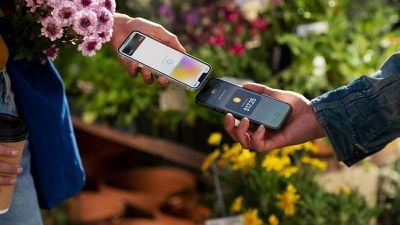

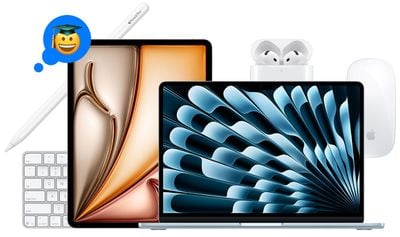




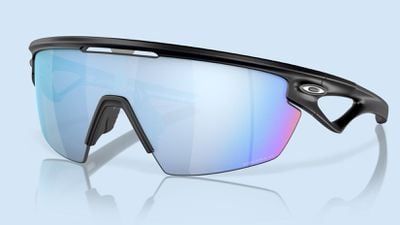

 Note: MacRumors is an affiliate partner with Amazon. When you click a link and make a purchase, we may receive a small payment, which helps us keep the site running.
Note: MacRumors is an affiliate partner with Amazon. When you click a link and make a purchase, we may receive a small payment, which helps us keep the site running.
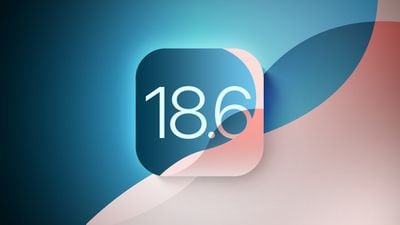
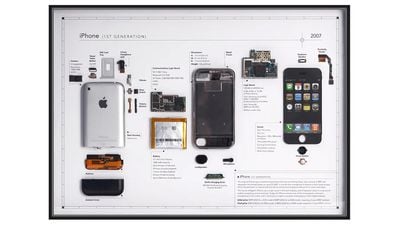
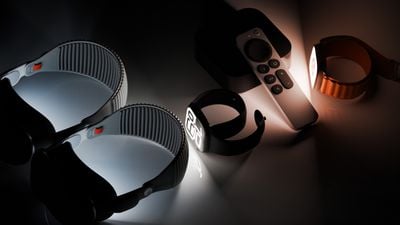
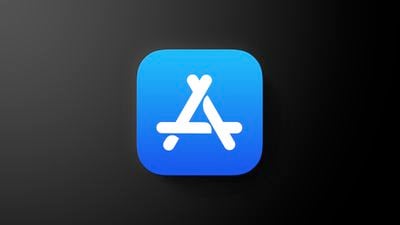
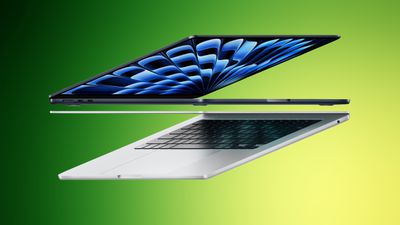 Note: MacRumors is an affiliate partner with Best Buy. When you click a link and make a purchase, we may receive a small payment, which helps us keep the site running.
Note: MacRumors is an affiliate partner with Best Buy. When you click a link and make a purchase, we may receive a small payment, which helps us keep the site running.